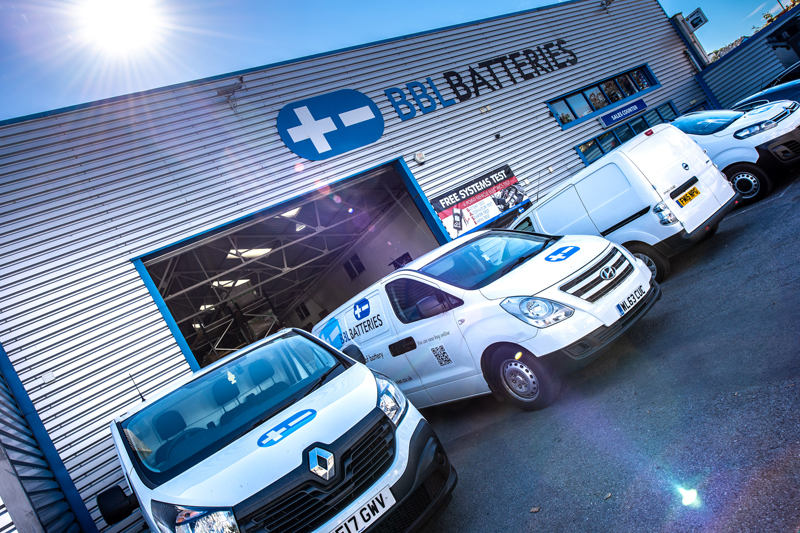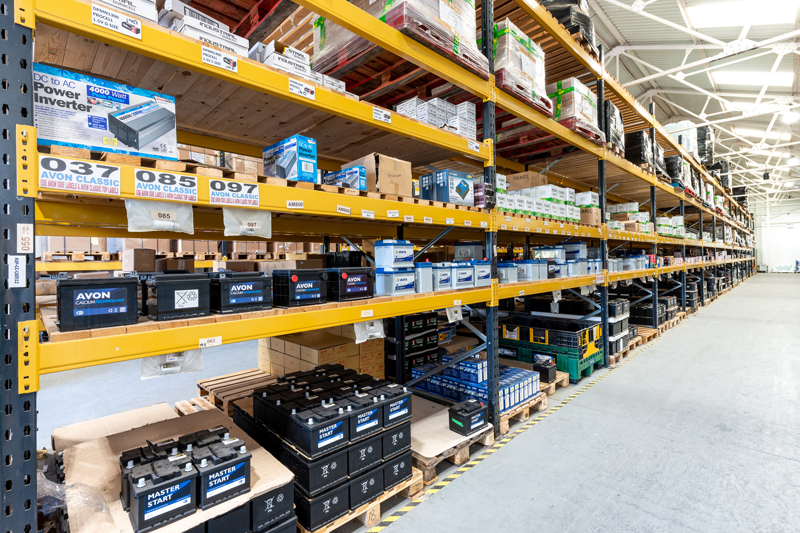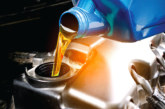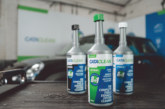
BBL Batteries is increasingly focused on the development, introduction and distribution of new and improved battery technologies to today’s market. As it approaches its 50th year, it is still seeking to help aftermarket businesses make the most of a worthwhile opportunity.
Founded in 1972, BBL Batteries, formally Bristol Batteries, understands that being successful in an increasingly competitive market is down to a number of core competences. These include experience, expertise and customer service, as well as the desire to solve problems and advise on solutions that work for their customers. Battery technology has changed across all the different market places during the last 10 years, none more so than in the automotive and commercial vehicle sectors.
The original batteries on Start-Stop vehicles have lasted much longer than anticipated due to a number of reasons, including the driver’s ability to disengage the Start-Stop function by means of a button, essentially rendering the AGM or EFB battery over-engineered for a car that now runs as a non-Start-Stop vehicle. With a dramatic increase in Start-Stop vehicles entering workshops with their original batteries ‘finally’ failing, now is the time to understand and embrace the new technologies, as the opportunities in doing so are sizeable.

With the introduction of Start-Stop vehicles came the requirement for aftermarket manufacturing and wholesale parts businesses to stock, sell and, more importantly, understand the impact of the new technology on today’s market, and indeed their customers. Anticipating the impact on drivers is key for factors in being able to provide the very best advice and service to garages.
On the capabilities of the company, BBL Batteries’ Founder and Managing Director, Graham Bultitude, commented, “Our experienced team, both at a senior level and across all of our branches, are true battery experts with many years of experience, and take great pride in working with our customers to solve their ‘power’ issues.”
Words of advice
What is Stop-Start technology?
Start-Stop is a system on most modern cars that cuts the engine when the car is stationary, in order to reduce fuel consumption and emissions. The engine starts again when the clutch is engaged or the brake is released, or when the driver is ready to move again.
How does Stop-Start work?
The system uses a computer to detect when the car is stationary or out of gear, at which point it halts fuel delivery and spark to the engine. The ignition starts again when the car begins moving or the clutch is pressed. Start-Stop is estimated to cut fuel use by between 5 and 10%. Energy recuperation harvests the kinetic energy that’s usually wasted as a car slows down. But, in order for these smart technologies to work, cars need to have specialist Absorbent Glass Mat (AGM) or Enhanced Flooded Batteries (EFB).
Why do Start-Stop vehicles require different batteries?
AGMs and EFBs are designed to retain sufficient charge to be strong enough to power a car’s many electrical systems, such as the windscreen wipers, air conditioning and sound system, while the engine is turned off. They must also be capable of starting a vehicle multiple times in any journey, where traditionally, the vehicle would have been started only once. For example, during a short journey, a vehicle may stop 20 times in traffic, placing a much higher and altogether different energy demand on the battery in a Start-Stop vehicle compared to non-Start-Stop vehicles.







